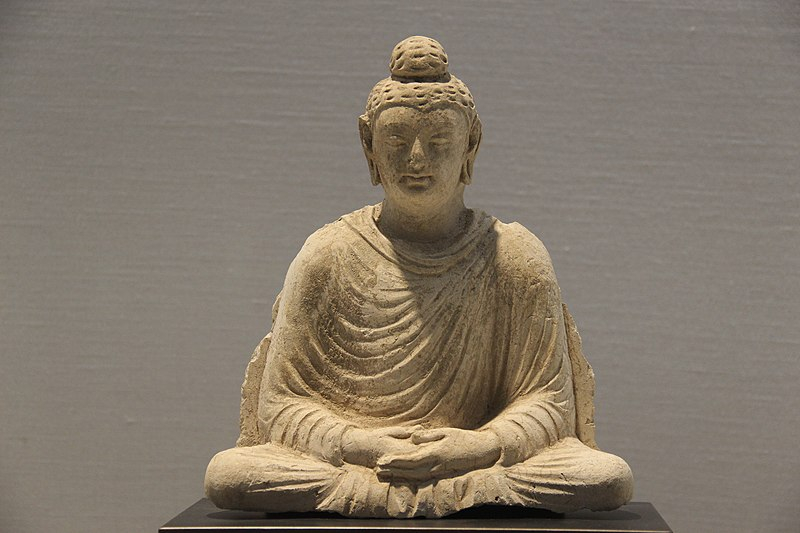The historical Buddha

Who was the Buddha?
Siddhartha Gautama, the historical Buddha, resided approximately 2,600 years ago within the present-day territories of northern India and Nepal. Born into the esteemed Shakya warrior clan, he is frequently called Shakyamuni, signifying the "Sage of the Shakyas."
Siddhartha's existence underwent a profound shift when, at 29 years old, he departed the palace and was confronted by the "Four Sights": an aged individual, an ailing person, a lifeless body, and an ascetic monk. Stirred by the suffering these encounters unveiled, Siddhartha relinquished his opulent lifestyle, bidding farewell to his wife and infant son to embrace the life of a wandering ascetic. In pursuit of enlightenment, he embarked on a transformative journey to fathom the intricacies of human suffering and unlock the path to liberation.
Following an unwavering spiritual dedication spanning six years, Siddhartha achieved enlightenment at age 35. This pivotal moment occurred as he meditated beneath the sheltering embrace of a Bodhi tree in Bodh Gaya, India. During this experience, he gained profound insights into the essence of suffering, its origins, and the transformative path to rise above its grip.
The teachings of Buddha have left an indelible mark on the realms of spiritual, philosophical, and ethical contemplation, resonating not solely across Asia but reverberating globally. Over time, Buddhism has diversified into various traditions and schools, each distinctively interpreting his profound teachings uniquely.










